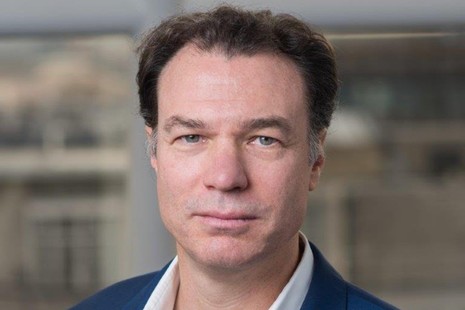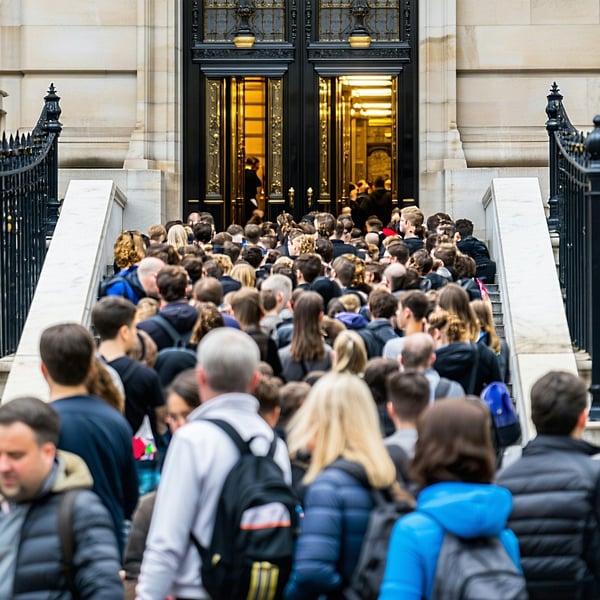CDDO publishes digital transformation vision for 2025
The Central Digital and Data Office (CDDO) has published a new strategy for the use of digital, data and technology across central government and the wider public sector.
It has written a document in collaboration with government departments, Transforming for a Digital Future, which sets out a vision for 2025 based across three themes: to exceed public expectations with policies and public services fit for the digital age; to equip civil servants with the necessary skills and capabilities; and to enhance government efficiency and security.
Alex Chisholm, Chief Operating Officer for the Civil Service and Permanent Secretary, Cabinet Office, outlines how this new digital strategy will drive transformation: “Digital and data are absolutely key to unlocking so many government priorities – whether we’re looking to work more efficiently, we’re working on Net Zero, levelling up, cost-of-living or economic growth. In all of those areas, the use of data is vital and the ability to deliver digital service to end users is fundamental.”
He continues: “I’m really excited by this new strategy, which has been developed across the whole community in government, about the potential that would mean to scale up and extend it into all kinds of new areas.”
Six missions
CDDO has outlined six mission areas to help the government get to where they need to be by 2025. Each mission is sponsored by a senior civil servant.
Mission One is ‘transformed public services that achieve the right outcomes’ and is sponsored by Peter Schofield, Permanent Secretary at the Department for Work and Pensions. The aim is for 50 of the Top 75 government services to be ‘great’ by 2025 (against a framework created using industry benchmarks). So far, 15 services have reached the ‘great’ standard.
The second mission is the continued development of GOV.UK One Login and is sponsored by Jim Harra, Permanent Secretary at HM Revenue and Customs. It aims to replace more than 190 different ways to set up accounts to access government services.
Mission three focuses on enabling departments to share and use data safely and securely for better public services and decision-making. It is sponsored by Professor Sir Ian Diamon, national statistician and chief executive of the UK Statistics Authority and will look at new ways to share data through AI.
Fourth is about modernising, securing and enhancing the sustainability of government’s technology through standardisation and replacing legacy IT. It is sponsored by Paul Lincoln, Second Permanent Secretary at the Ministry of Defence.
The fifth mission is to build digital skills at scale, with the goal of upskilling 90% of all senior civil servants by 2025. The mission, which is sponsored by Matthew Rycroft, Permanent Secretary at the Home Office, involves recruiting 2,500 tech and digital roles via apprenticeships and talent programmes, and a new Digital Secondments Programme pilot is bringing in skills from the private sector.
Mission six is to build a government ‘fit for the digital age’ by modernising outdated structures and processes. This includes embedding agile and product-centric ways of working across government and ensuring legislation is fit for digital delivery. It is sponsored by Conrad Smewing, Director General, Public Spending at HM Treasury.





.jpg?width=600&name=CDPS%20guide%20(1).jpg)
